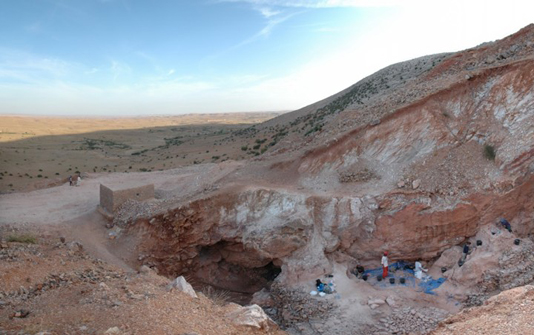SYDNEY, Nov 22, 2018 (BSS/Xinhua) – Research released Thursday by an
international group of scientists, including those from Australia, is
creating a much more definitive understanding of how and when our ancestors
evolved, and even what the climate was like when they did.
It has long been accepted that the origins of humanity lie in Africa, and
it was fossils recovered from the accordingly named “Cradle of Humankind”
caves in South Africa which told us so.
However up until now scientists have struggled to create a clear timeline
for the fossils due to a lack of suitable dating methods available.
La Trobe University’s professor Andy Herries who conducted research at the
sites said that “while the South African record was the first to show Africa
as the origin point for humans, the complexity of the caves and difficulty
dating them has meant that the record has remained hard to interpret.”
“In this study we show that the flowstones in the caves can act almost like
the volcanic layers of East Africa, forming in different caves at the same
time, allowing us to directly relate their sequences and fossils into a
regional sequence,” he said.
The World Heritage listed Cradle of Humankind caves have produced nearly 40
percent of all known human ancestor fossils, including the famous
Australopithecus africanus skull, nicknamed Mrs Ples.
According to lead researcher Robyn Pickering from the University of Cape
Town, the team’s dating provides “a model to explain the age of all the
fossils from the entire region,” as well as creating a picture of the climate
conditions of our ancestors.
“The flowstones are the key,” Pickering said.
Flowstones are deposits of calcite or other carbonate minerals which form
when water runs into caves.
“We know that significant flowstones only grow in caves during wet periods,
when there is more rain outside the caves – by dating the flowstones, we are
picking out these times of increased rainfall,” Pickering said.
Using uranium-lead dating techniques developed at the University of
Melbourne, the team analyzed 28 flowstone layers which are sandwiched between
fossil-rich sediment in eight caves across the Cradle – revealing the ages of
the fossils to fall into six narrow time-windows between 3.2 and 1.3 million
years ago.
“We therefore know that during the times in between, when the caves were
open, the climate was drier and more like what we currently experience,” she
said.
According to experts, this is an astounding breakthrough which greatly
contributes to humanity’s record of itself and understanding into the lives
of the common ancestors from which we evolved.



